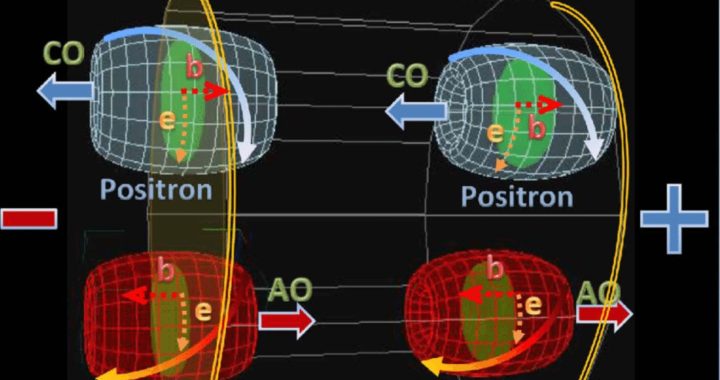La straordinaria immagine del telescopio cattura il grandioso design della galassia a spirale


Questa immagine della galassia a spirale NGC 4254, nota anche come Coma Pinwheel o Messier 99, è un composto di dati acquisiti con il VLT (Very Large Telescope) dell’ESO e l’Atacama Large Millimeter/Submarine Array (ALMA). Credito: ESO/PHANGS
Questa straordinaria immagine mostra chiaramente i bracci ben definiti della galassia a spirale NGC 4254, nota anche come Coma Pinwheel o Messier 99. A causa della sua caratteristica forma a ventaglio con bracci prominenti, è chiamata Galassia a spirale dal design grande.
Fu scoperto il 17 marzo 1781 dall’astronomo francese Pierre Michen. È stato riportato dal collega astronomo francese Charles Messier, che ha incluso l’oggetto nel catalogo di Messier di oggetti simili a comete. La tecnologia moderna ci ha permesso di osservare galassie come queste in modo molto più dettagliato rispetto a quando furono osservate per la prima volta da Méchain e Messier nel 18° secolo.
NGC 4254 è una galassia a spirale di grande design nella costellazione settentrionale di Coma Berenices a circa 49.000.000 di anni luce da[{” attribute=””>Milky Way. In Latin, Coma Berenices means “Berenice’s Hair” and refers to Queen Berenice II of Egypt, who sacrificed her long hair as a religious offering.
This image is a composite of data taken with ESO’s Very Large Telescope (VLT) and the Atacama Large Millimeter/submillimeter Array (ALMA), co-owned by ESO. The VLT data, shown in blue and purple tones, was captured with the Multi-Unit Spectroscopic Explorer (MUSE) instrument, mapping the distribution of stars. The ALMA data – shown here by the red and orange regions – originates from cold clouds of gas which can eventually collapse into stars. Comparing these two datasets allows for a better understanding of how stars form.
This image was taken as part of the Physics at High Angular resolution in Nearby GalaxieS (PHANGS) survey, which produces high-resolution images of nearby galaxies across all wavelengths of light. This will allow astronomers to learn more about the diverse range of galactic environments found in our Universe.







